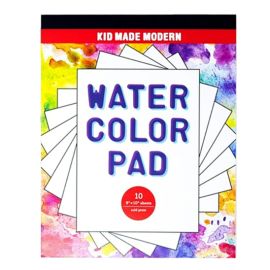A historic first showing outside Japan of Itō Jakuchū's thirty-scroll series Colorful Realm of Living Beings (c. 1757-1766) at the National Gallery of Art was the occasion for this collection of twelve essays that reimagine the concepts of the artist and art-making as they were understood in early modern Japan. During the Edo period (1600-1868),
Studies in the History of Art, Volume 80: The Artist in Edo
A historic first showing outside Japan of Itō Jakuchū's thirty-scroll series Colorful Realm of Living Beings (c. 1757-1766) at the National Gallery of Art was the occasion for this collection of twelve essays that reimagine the concepts of the artist and art-making as they were understood in early modern Japan. During the Edo period (1600-1868), peace and economic stability under the Tokugawa shogunate allowed both elite and popular arts and culture to flourish in Edo (Tokyo) and Kyoto. The essays consider a wide range of art forms-screen paintings, scrolls, prints, illustrated books, calligraphy, ceramics, textiles-giving extended attention to Jakuchū's spectacular series as well as to works by a range of contemporary artists.
Selected contributions address issues of professional roles, including copying and imitation, display and memorialization, and makers' identities. Some explore the new form of painting, ukiyo-e, in the context of the urban society that provided its subject matter and audiences; others discuss the spectrum of amateur and professional Edo pottery and interrelationships between painting and other media. Together, they reveal the fluidity and dynamism of artists' identities during a time of great significance in the country's history.
Published by the National Gallery of Art, Center for Advanced Study in the Visual Arts (CASVA).
- Hardcover
- 9 x 11 inches
- 292 pages
- Published: 2013
| Skip FB/IG Feed? | No |
|---|---|
| Description | A historic first showing outside Japan of Itō Jakuchū's thirty-scroll series Colorful Realm of Living Beings (c. 1757-1766) at the National Gallery of Art was the occasion for this collection of twelve essays that reimagine the concepts of the artist and art-making as they were understood in early modern Japan. During the Edo period (1600-1868), peace and economic stability under the Tokugawa shogunate allowed both elite and popular arts and culture to flourish in Edo (Tokyo) and Kyoto. The essays consider a wide range of art forms-screen paintings, scrolls, prints, illustrated books, calligraphy, ceramics, textiles-giving extended attention to Jakuchū's spectacular series as well as to works by a range of contemporary artists. Selected contributions address issues of professional roles, including copying and imitation, display and memorialization, and makers' identities. Some explore the new form of painting, ukiyo-e, in the context of the urban society that provided its subject matter and audiences; others discuss the spectrum of amateur and professional Edo pottery and interrelationships between painting and other media. Together, they reveal the fluidity and dynamism of artists' identities during a time of great significance in the country's history. Published by the National Gallery of Art, Center for Advanced Study in the Visual Arts (CASVA).
|







